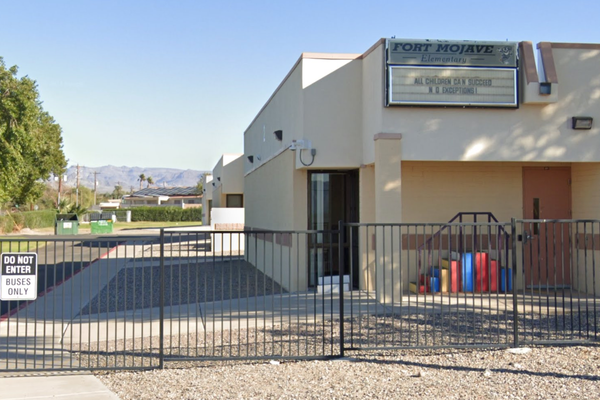
The importance of life insurance transcends monetary value by encapsulating emotional reassurance, legacy preservation and strategic financial planning.
While it is a crucial part of the financial planning process, it is also something that is often overlooked. According to Life Insurance Marketing Research Association (LIMRA), at least 106 million Americans, or 41% of Americans, don’t believe they have enough life insurance coverage.
Without life insurance, you may pass away with financial obligations that become the responsibility of your heirs. While there is no one-size-fits-all approach, here are three ways that life insurance can help:
1. Creating a cash safety net and providing emotional security.
By carving out a pre-determined sum of money, life insurance helps ensure that dependents are not burdened with insurmountable financial challenges when a loved one passes away. Without this safety net, families might find themselves in the worst-case scenario of grappling with financial hardships, potentially jeopardizing their future and well-being.
Additionally, the peace of mind that life insurance can provide during unpredictable moments is invaluable. For example, if the main breadwinner in a relationship suddenly passes, the family will have a source for income replacement if their financial situation takes a turn for the worse. Knowing that loved ones will be cared for, debts will be settled, and dreams will be realized can help alleviate anxiety and foster a sense of stability for all.
2. Leveraging cash value.
Having a life insurance policy also serves as a strategic financial tool, offering tax advantages and investment opportunities. Depending on the type of policy selected, individuals can leverage life insurance to accumulate cash value over time.
This cash value component provides the flexibility for policyholders to access funds for various purposes, such as supplementing retirement income, covering unexpected expenses or pursuing lifelong dreams. However, it is important to note that withdrawing funds from your policy reduces the death benefit for your heirs if it is not paid back.
Earlier in my career, I worked as a financial adviser and wrote a policy for my client that included an investment feature to create cash value growth. That cash value was eventually used by my client when their business was struggling, providing them with much-needed liquidity when financial institutions would not. The liquidity allowed them to turn their business around, with enough success that they could repay the policy loan in full.
3. Leaving a lasting legacy.
The legacy that life insurance can provide may come in many different forms, from ensuring quality education for children to leaving behind an inheritance that can support future generations.
When working with the previously mentioned client, I had to deliver a life-changing $2 million check when they unfortunately became widowed. This experience allowed me to see firsthand the lasting legacy and support that their life insurance policy provided. The death benefits from her husband’s policy gave my client the means to provide for their two young children and money to support their business needs.
This one policy served as both a cash safety net in troubled times while her husband was living and a conduit for allowing their aspirations and accomplishments to endure when he was gone.
In essence, life insurance empowers individuals to live fully, knowing that legacy will endure, and loved ones will thrive, regardless of life's unpredictable twists and turns.







